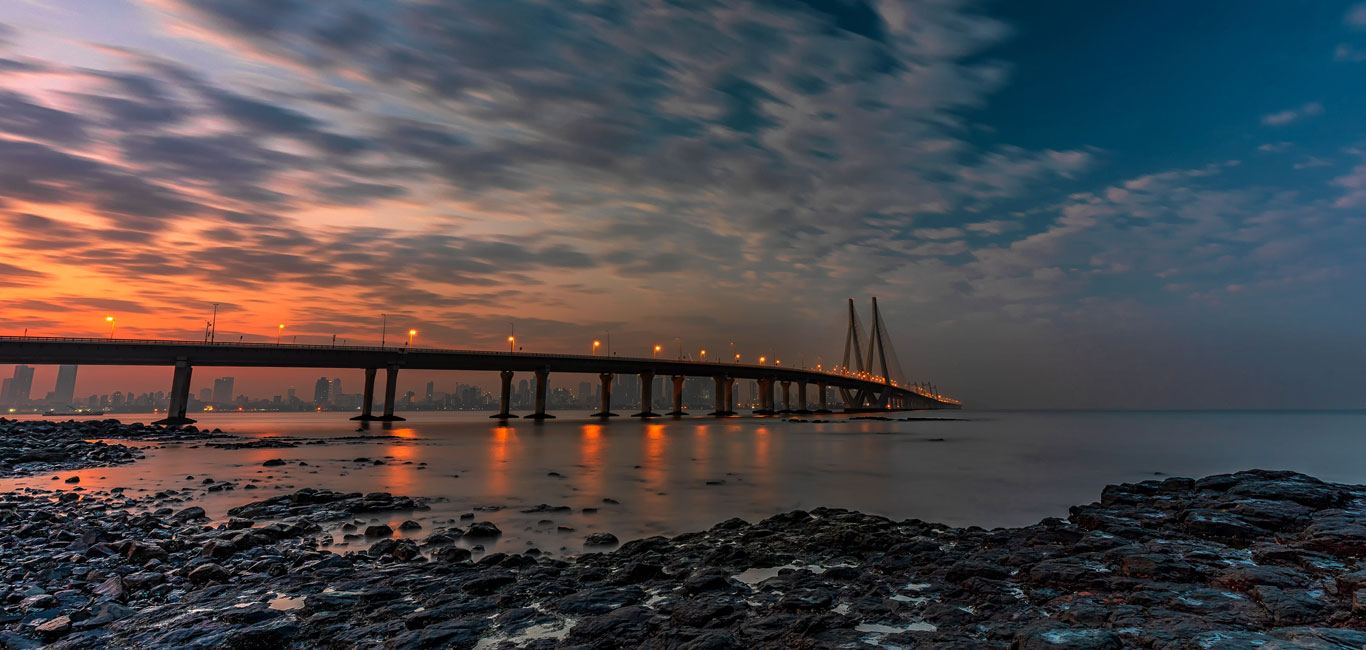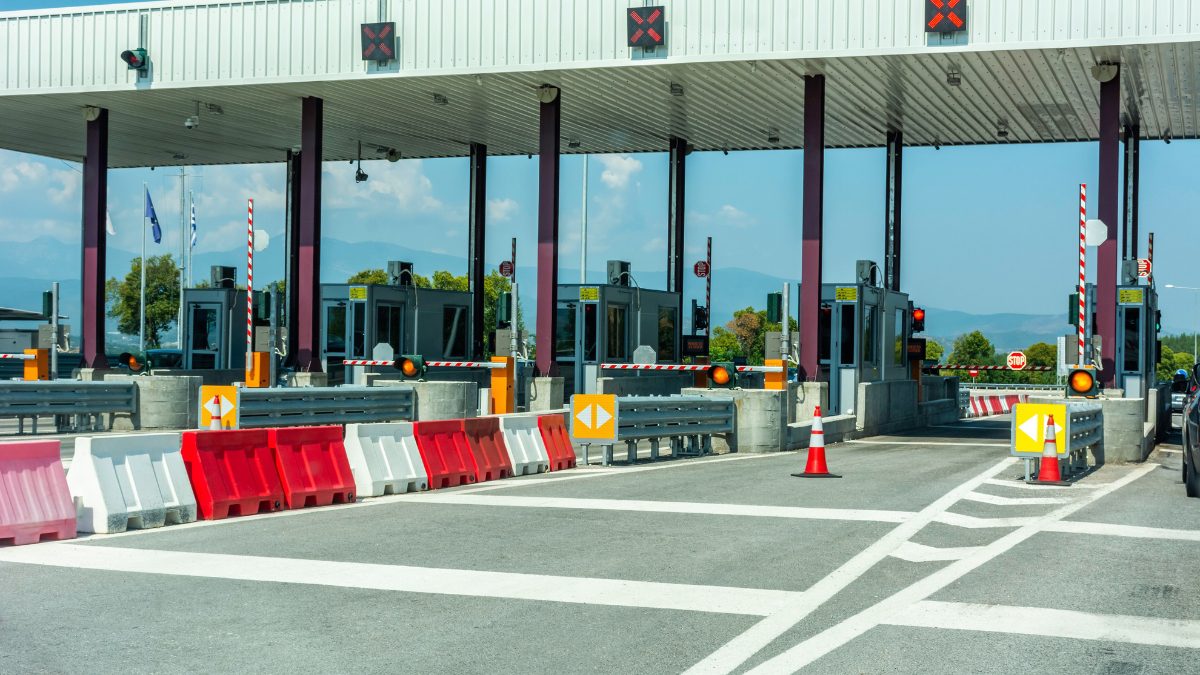Mumbaikars have been breathing the cleanest air of 2020 for two consecutive days, all thanks to Cyclone Nisarga and the winds accompanying it.
While the cyclone battered parts of Maharashtra, it definitely brought along with it a silver lining. At an AQI of 17, Mumbai breathed it cleanest air on the afternoon of June 4, according to SAFAR.

Mumbai Breathes Cleanest Air Of 2020 Post Cyclone Nisarga
As per System of Air Quality Weather Forecasting and Research (SAFAR), the AQI at 17 recorded on June 4 was the lowest for the year. The high-speed winds and intermittent showers that accompanied the storm, washed away particulate matter (PM) and pollutants, thereby bringing a breath of fresh air for Mumbaikars. Generally, an AQI of 1-50 is considered to be ‘good’.
On Wednesday too, the AQI was a salubrious 22, the second lowest AQI recorded this year so far. As per officials, Mazgaon had the cleanest air in the city with an AQI of 4, while Malad and Borivali recorded an AQI of 43, which were the highest, but still fell in the good category. Gufran Beig, Director of SAFAR told HT, “The wind speed was 72 km/h on Wednesday in Mumbai which dispersed pollutants and combined with intermittent showers, it cleared the air.”
Prior to Wednesday, the lowest AQI recorded for the year 2020 was 25, which was documented on May 23. But the cleanest air day for Mumbai ever since SAFAR began air quality monitoring happened to be on September 4 last year, where the AQI was a surprising 12. Something unheard in Mumbai.

Also Read: Survey: Approx 62% Of Mumbaikars Will Not Travel By Mumbai Locals Once Lockdown Eases
Cyclone Nisarga Causes Low Pollutant Levels In Mumbai
Reportedly, the concentration levels of PM 2.5 also saw a dip due to the cyclone. They were as low as 15 micrograms per cubic metre (μg/m3) on Wednesday. As per the World Health Organisation, the safe limit of PM 2.5 is 25 μg/m3 for 24 hours, while 60 μg/m3 is our national safety standard.
But, according to Beig, the pandemic-induced lockdown has helped keep the city’s PM 2.5 concentration below 60 μg/m3 since the last week of March. Which is amazing, right!
While this is certainly good news for us Mumbaikars, the challenge of maintaining these good levels of air quality post-lockdown still remains.
Also Read: Mumbai’s Ganeshotsav Festivities Postponed To Feb 2021




